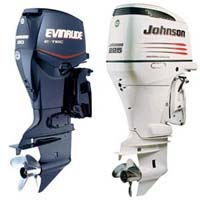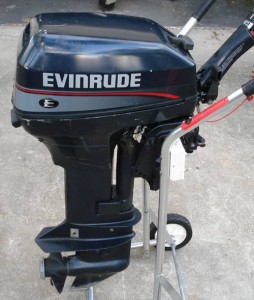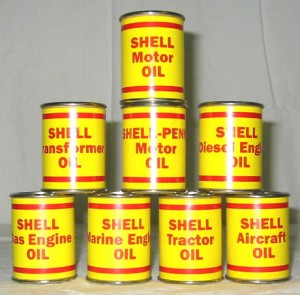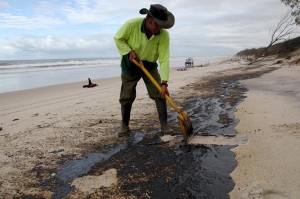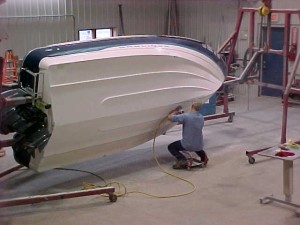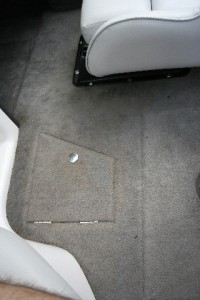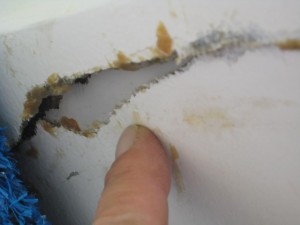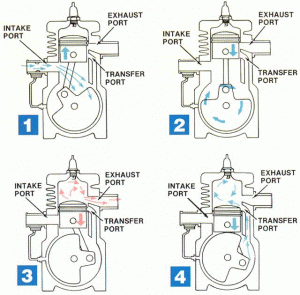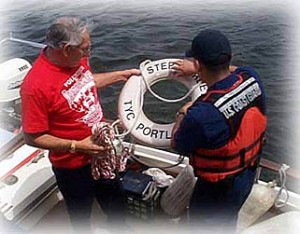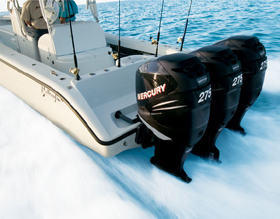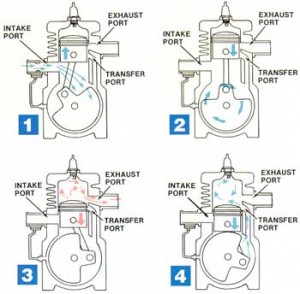Starting a Flooded Johnson Outboard
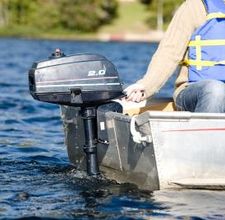 A flooded Johnson outboard motor is not the end of the world. With a little bit of time to allow the engine to drain, along with working the choke and idle, your outboard will be up and running in no time. Just follow these simple instructions:
A flooded Johnson outboard motor is not the end of the world. With a little bit of time to allow the engine to drain, along with working the choke and idle, your outboard will be up and running in no time. Just follow these simple instructions:
First, push the choke on, turn the ignition switch, and bring the throttle to neutral. Next, push the throttle to full and open, turn the choke off, and then crank the engine. Finally, pull the throttle back to neutral, turn the ignition a few times, and let the engine drain. After you get back to land, make sure to check the motor and replace the Johnson outboard oil if necessary.


